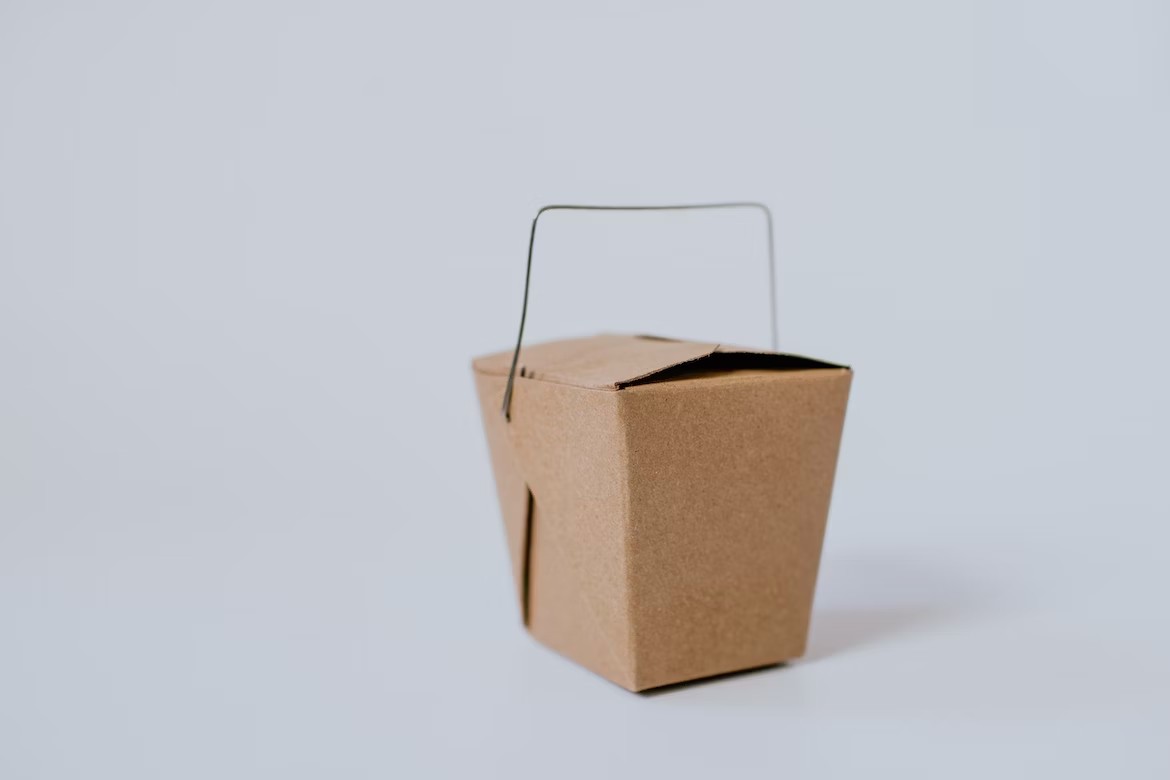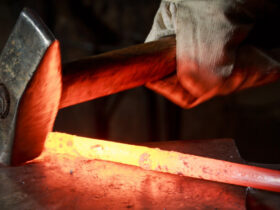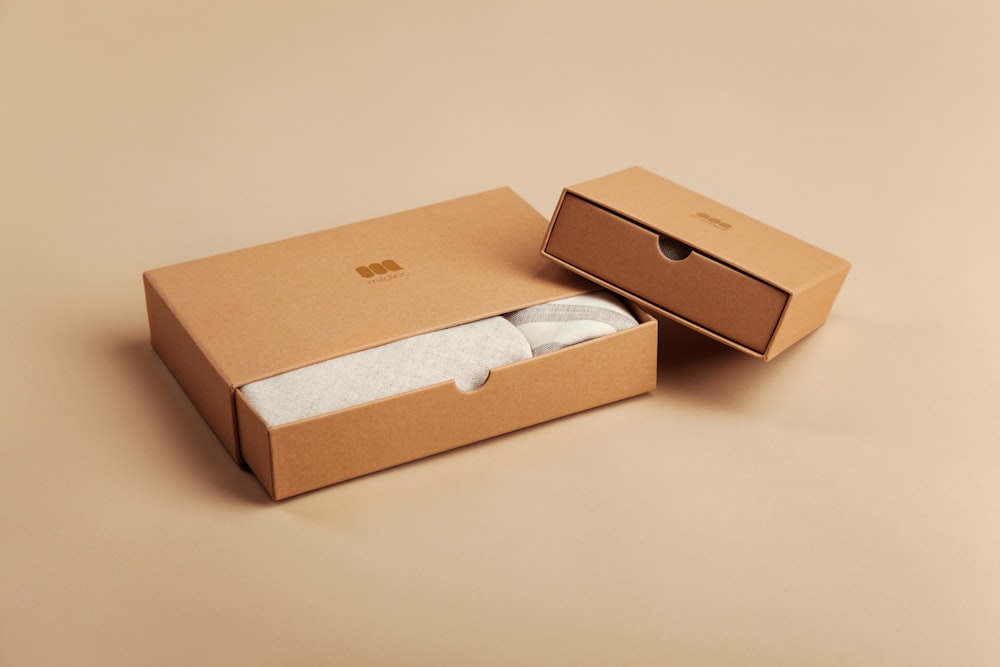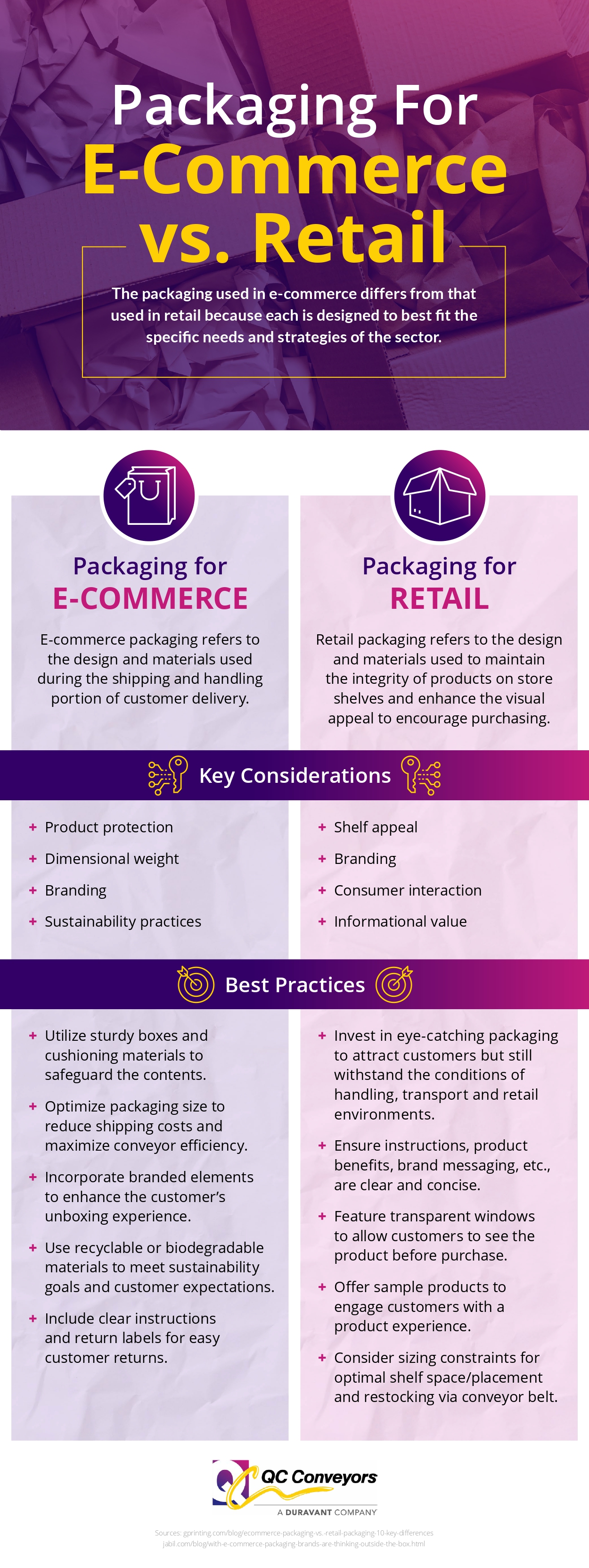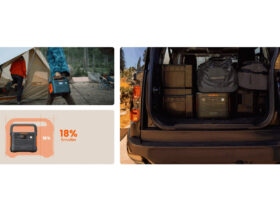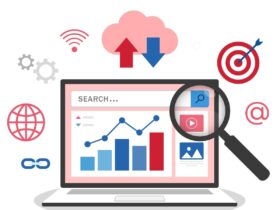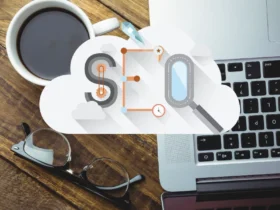With the evolution of the global economy, we have seen gradual changes in product packaging to accommodate the global supply chain. Safety, functionality, and low production costs are crucial factors for determining the packaging materials used in industries. Until recently, plastic was the preferred material for a business’ packaging and promotional needs because of its easy production and availability. However, with the rise of conscious consumption and governments creating policies to discourage the use of plastics, a market gap started to exist to accommodate consumers that said no to plastic packaging.
Two materials that have surfaced in recent years and are enjoying increasing popularity in product packaging are kraft paper and cardboard boxes. Why are these materials replacing plastic in global product packaging? Let’s discuss it in this blog.
Advantages Of Kraft Paper Packaging
Kraft paper was first made in Germany in the 1880s by an engineer named Carl F. Dahl. He worked in manufacturing paper and realized that mixing sulfates with processed wood chips resulted in a material that was as light as paper but stronger. He named the material kraft paper after the German word ‘kraft,’ which means power or strength. Today, it is known by many names based on its uses, such as butcher paper, brown paper, etc.
Durable Material
Named so because of its impressive strength as compared to regular paper, kraft paper enjoys durability that is seldom seen in materials as light as it is. Simply put, the cellulose lining on the paper offers maximum protection to products wrapped in kraft paper. The material can buffer impact, so it resists damage inculcated through falling or bumping. It is an excellent choice to package fragile products ̶ such as in boxes for perfumes̶ for shipping.
Easy Design
Kraft paper has a distinct brown color that has a universal appeal due to its simplistic and minimalist style. For that reason, it can help cut printing costs because it does not need full-page printing to look good. A few words with the brand logo does the trick just as well.
Affordable And Sustainable Production
One reason behind the popularity of kraft paper is its affordable production which allows for making big orders on a reasonable budget. The paper has a natural color that has a timelessness to it which brands don’t often get rid of with bleaches. This lowers production costs as the material as the process avoids multiple washing steps. Additionally, wood is a plentiful raw material, so it is not an expensive raw material that further cuts production costs.
On top of it all, kraft paper is recyclable, and so are the chemicals used to make it, which means that it has the advantage of appealing to the conscious consumer in a way that plastic packaging does not.
Advantages Of Cardboard Packaging
An American painter named Robert Gair discovered cardboard in the 1870s while cutting paper. The material used in the packaging of customized cardboard boxes today uses the same flexible material he worked on back then.
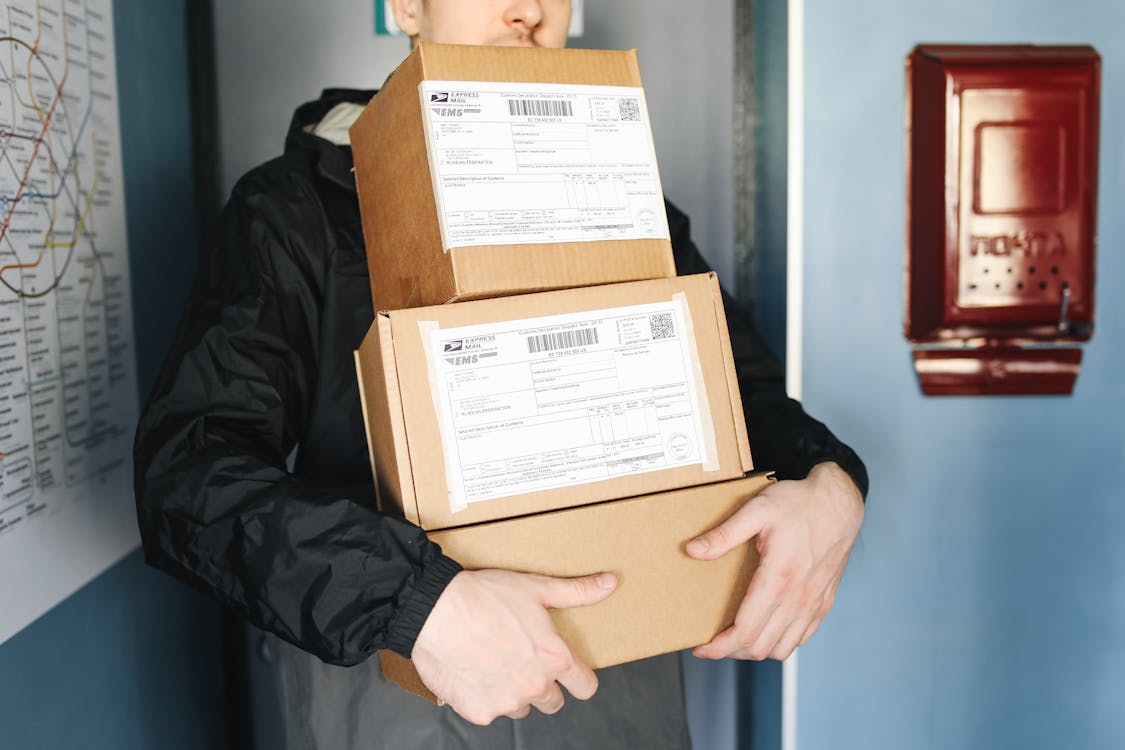
Versatile Material
The packaging material gained quick popularity since its invention because of its durability. The material can be cut into different sizes to accommodate all kinds of products, and despite its strength, it can be a soft material to cushion the blow of potential impacts during transportation. Cardboard is also used for this reason in transporting goods during shifting.
Like kraft paper, cardboard is a sustainable material made of wood, but it holds better against liquid spills than any type of paper packaging.
Flexible And Lightweight
Cardboard enjoys the rare quality of being lightweight despite its tensile strength. It is a flexible material that can be stretched without losing its integrity which is very important when goods in bulk are being handled and loaded. For that reason, cardboard is used in cosmetic packaging and holding CBD boxes because it can handle force without compromising the protection quality of packaging.
Cost-Effective
The widespread use of cardboard for packaging is also attributed to its lower production costs than plastic packaging. It is made from two sheets of paper glued together. Like kraft paper, the raw material is wood, especially pulp. An abundant supply of wood keeps production costs low.
Both kraft paper and cardboard have their selling points as packaging materials that suit the supply chain. The right material for your products depends on the products themselves. Heavy products like household appliances that are shipped over long distances are more likely to stay safer in cardboard packaging because corrugated cardboard is stronger than kraft paper. Short deliveries of luxury products can be done in kraft boxes because they have the advantage of visual appeal over cardboard boxes. It all depends on your business’s specific needs!
Printing Circle is a printing and packaging company that has worked with different companies to produce a wide range of cardboard products such as desserts, lipstick, gift, and display boxes. The company offers multiple design options and takes bulk orders for mass production. Get in touch with them to place your order.
About The Author
Vana Kahn is a freelance writer interested in global supply chains, product management, and manufacturing. She is currently associated with Printing Circle.
Another thing to consider when choosing your packaging is if you need to package for retail or e-commerce. Please see the tips below for more help.
Provided by automation conveyor manufacturer, QC Conveyors.

